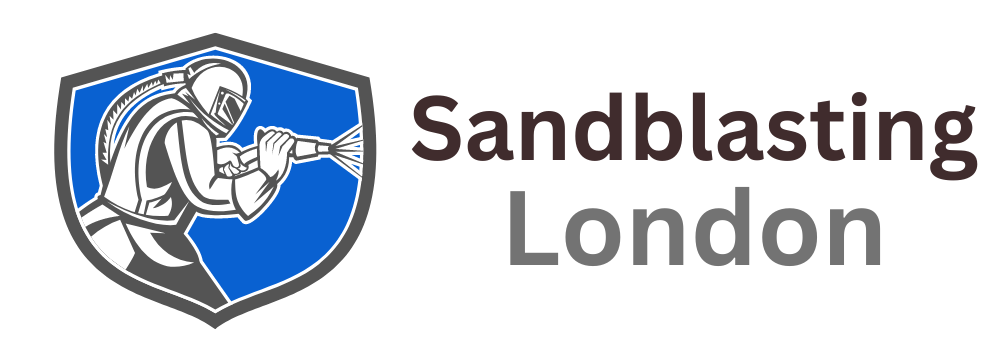The Importance of Abrasive Selection in Sandblasting
Sandblasting, also called abrasive blasting, a versatile technique used in various industries, involves propelling abrasive materials at high speeds to clean, smooth, or shape surfaces. The process's effectiveness largely hinges on a critical aspect: abrasive selection. The choice of abrasive can significantly impact the efficiency and quality of the sandblasting process. This article delves into the multifaceted significance of abrasive selection in sandblasting, offering insights, tips, and real-world expertise to help you make informed decisions.
Unveiling the Core Significance of Abrasive Selection
The process of sandblasting has gained immense popularity due to its effectiveness in surface preparation, cleaning, and finishing tasks across industries. However, the true effectiveness of sandblasting lies in the careful selection of abrasives that align with specific project requirements. The choice of abrasive material can influence not only the efficiency of the process but also the quality of the results.
The Importance of Abrasive Selection in Sandblasting
When considering the importance of abrasive selection in sandblasting, several key factors come into play. Let's explore these factors in detail:
Achieving Desired Surface Finish
The type and size of abrasive particles used in sandblasting directly impact the surface finish achieved. Coarser abrasives tend to remove material faster, making them suitable for heavy-duty tasks like rust removal. On the other hand, finer abrasives excel at achieving smoother finishes, making them ideal for projects that require precise cleaning or intricate detailing.
Enhancing Process Efficiency
Selecting the right abrasive material can significantly enhance the efficiency of the grit blasting process. Abrasives that are well-matched to the substrate material can expedite the cleaning or finishing process, reducing the time and effort required. This efficiency not only increases productivity but also minimises operational costs.
Minimising Material Damage
Using overly aggressive abrasives on delicate surfaces can lead to unintended material damage. Abrasive selection should be based on factors like hardness, particle shape, and impact force to ensure that the substrate is not harmed during the process. This is particularly crucial when working with surfaces that require precision, such as automotive parts or delicate glass.
Controlling Dust and Debris
Dust and debris generated during sandblasting can pose health risks to operators and bystanders. Abrasive selection plays a role in mitigating these risks. Certain abrasives produce less dust than others, contributing to a safer work environment. Additionally, encapsulated abrasives are available that further reduce airborne particles, ensuring better air quality.
Balancing Cost and Performance
Different abrasive materials come with varying costs, and the cheapest option may not always be the most cost-effective in the long run. It's essential to consider the overall performance and lifespan of the chosen abrasive. While high-quality abrasives might have a higher upfront cost, their durability and efficiency can lead to significant savings over time.
Tailoring Abrasive to Substrate
The type of substrate being treated should dictate the abrasive material selected. Harder substrates can withstand more aggressive abrasives, while softer materials require gentler options. By tailoring the abrasive to the substrate, optimal results can be achieved without compromising the material's integrity.
Exploring Abrasive Options: A Wide Array of Choices
Sandblasting services offer diverse range of abrasive materials, each with unique characteristics and applications. Some common abrasive options include:
Garnet: Known for its versatility, garnet abrasives are often used for both surface cleaning and intricate detailing. They provide a balanced approach to achieving a smooth finish without excessive material removal.
Aluminium Oxide: With its high hardness, aluminium oxide is effective for challenging tasks like rust and scale removal. It's available in various grit sizes, making it suitable for heavy-duty and finer applications.
Glass Beads: Glass bead abrasives are gentle on surfaces, making them ideal for projects that require precise cleaning or cosmetic finishing. They're commonly used in the aerospace and medical industries.
Steel Grit: For heavy-duty tasks like removing tough coatings, steel grit abrasives excel. They're durable and can be recycled multiple times, reducing waste and cost.
Silicon Carbide: This abrasive is known for its fast cutting action, making it suitable for aggressive material removal. It's often used on hard surfaces and in applications where speed is essential.
In abrasive sandblasting, the significance of abrasive selection cannot be overstated. It directly impacts the quality, efficiency, and safety of the entire process. By understanding the unique characteristics of different abrasives and tailoring your selection to the project's requirements, you can achieve superior results while optimising cost-effectiveness. Whether you're removing corrosion from a metal surface or preparing a substrate for coating, the right abrasive choice will make all the difference.
If you're searching "sandblasting near me", then this is the time to contact us. Our skilled sand blasters will be more than happy to answer your inquiries and give you assistance. At Sandblasting London, we provide a variety of sandblasting services to cater your specific needs. Save our number to reach us quickly whenever our services are needed!
Check out our latest GBP update about
sandblasting.
02038353320
66 Shadwell Gardens,
London,
E12QH,
United Kingdom
